Gotta Love Science ❤️
Gotta love science ❤️









– Isaac Asimov, 1922 - 1992
More Posts from Smartler and Others
Where are her pants?
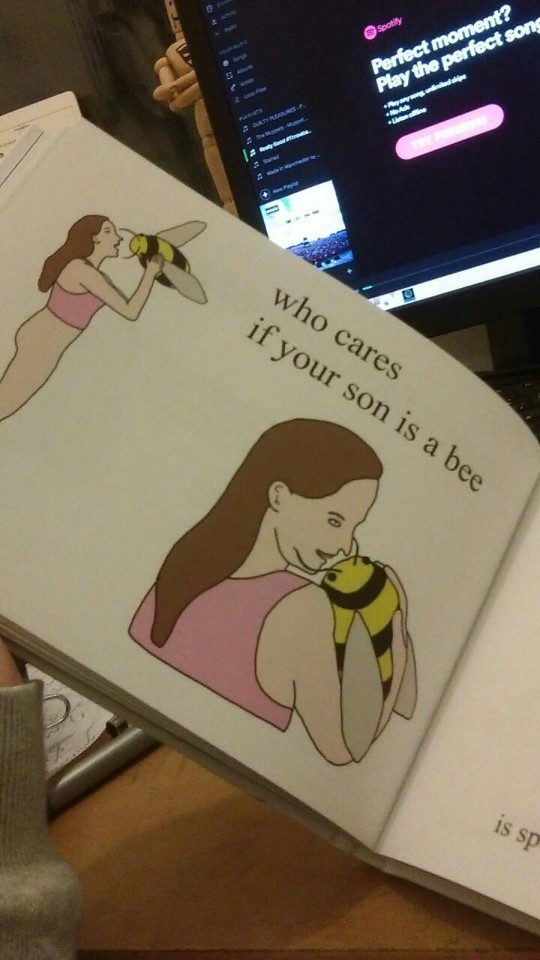
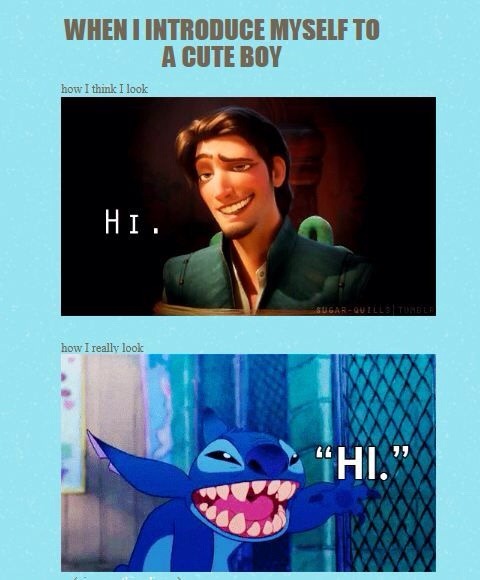
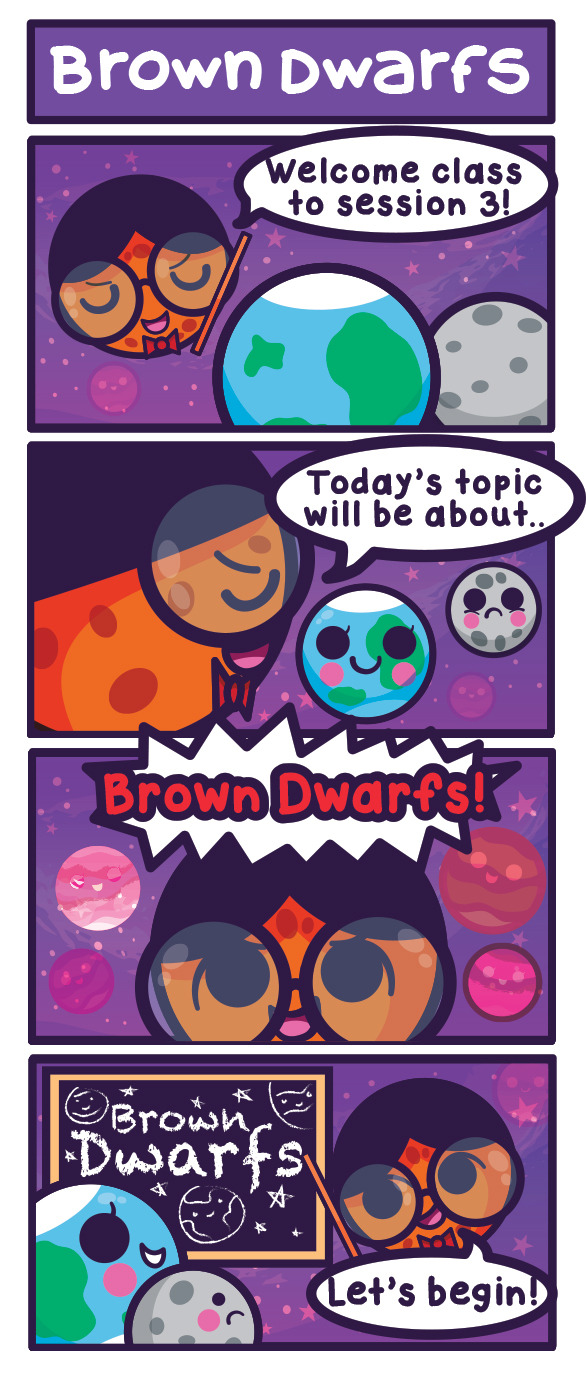

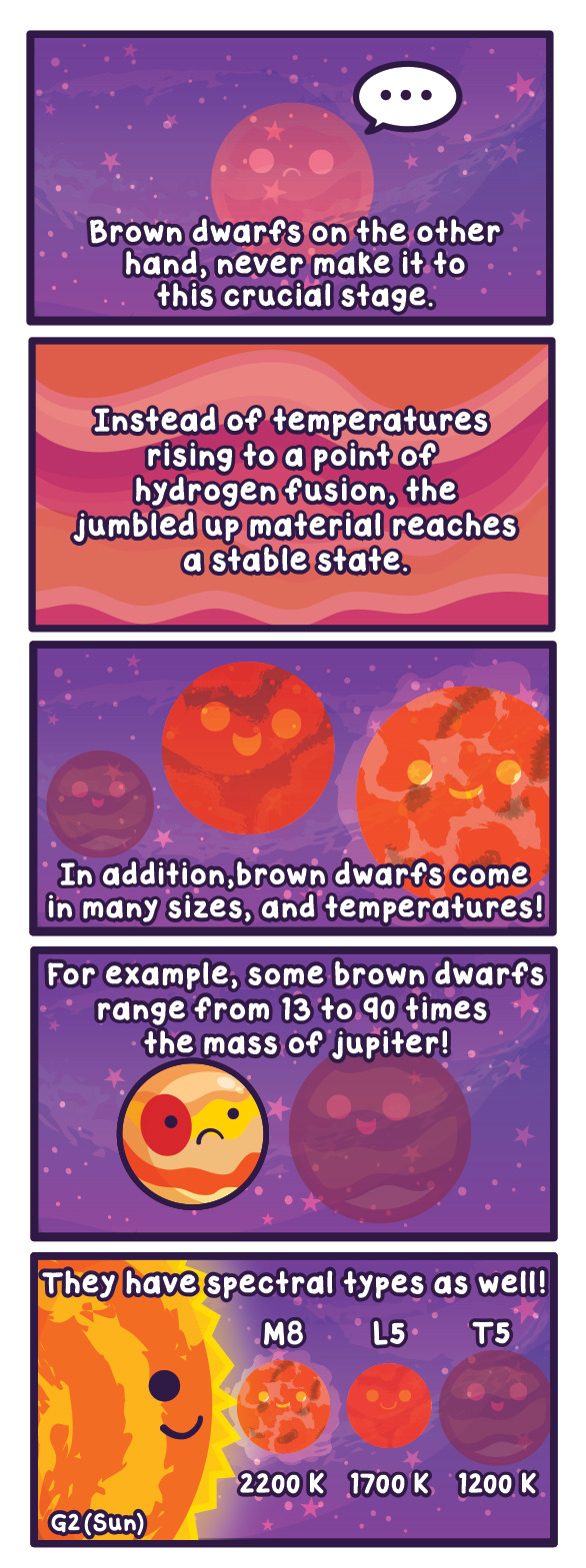


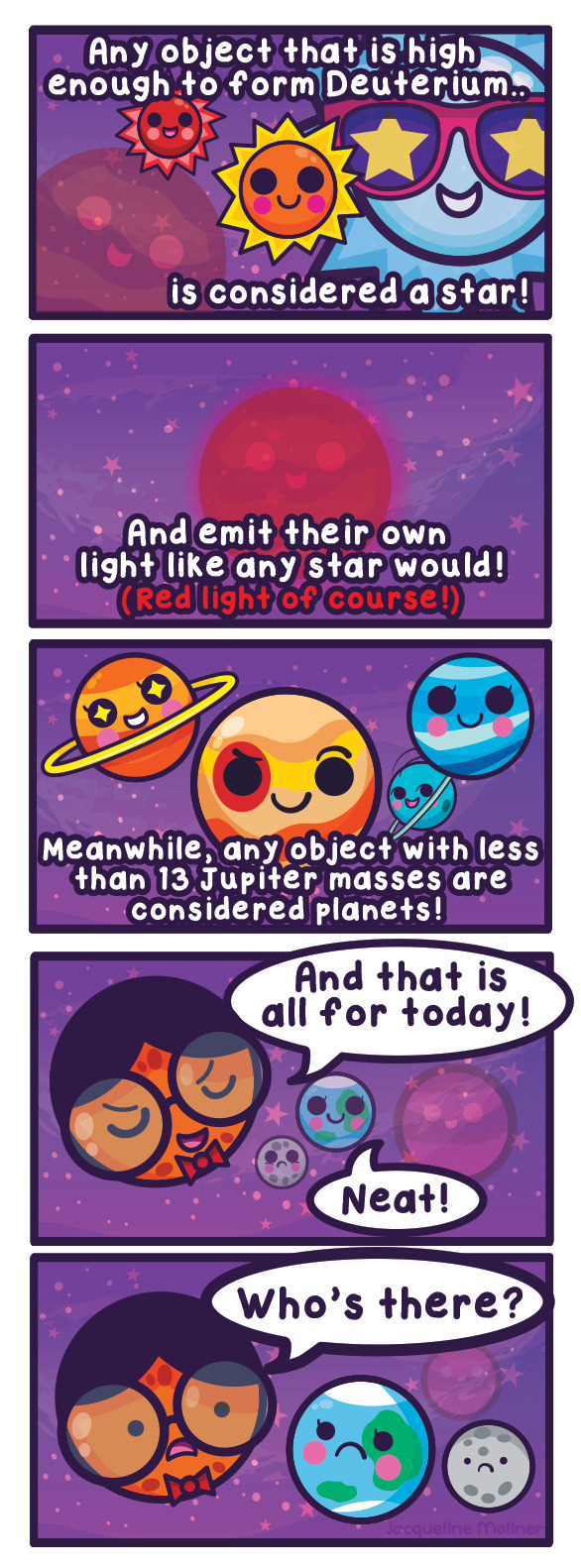
This is the third week of starry scholastic month!
This week’s entry: Brown Dwarfs
http://www.space.com/24467-brown-dwarfs-failed-stars-explained-infographic.html
http://www.space.com/23798-brown-dwarfs.html
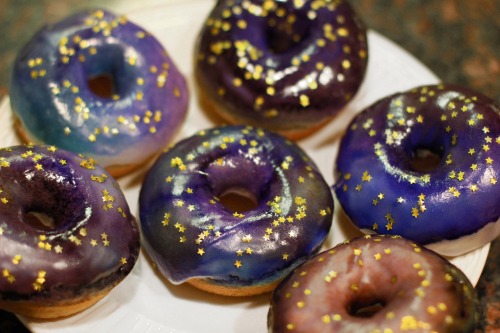
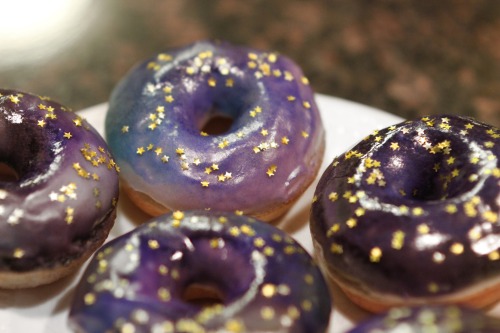
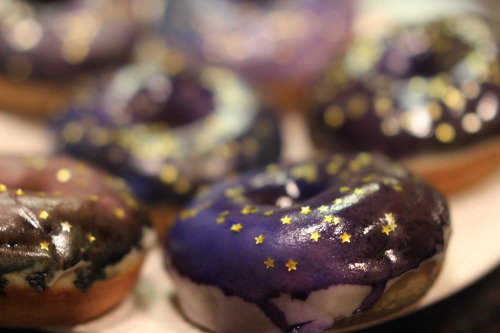
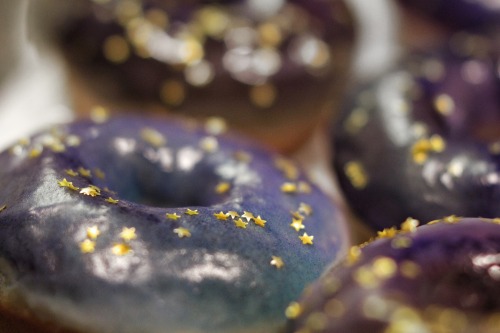
GALAXY DONUTS!!! inspired by @insertdisc5‘s animated short Galactic Donut!! and a twitter exchange where she said i shouldn’t eat the galaxy donut because that didn’t work out well in the animation. so i made my own.
aaaaand now they’re too pretty to eat. truly this is the worst possible ending???
i tried very hard to make one of them look like the Actual Donut but? it turns out?? that edible spray paint is about as precise as a bucket of glitter??? oh well.
all too well was requested so i decided to try something different.
imagine: all too well as a voicemail.
use headphones
Wildest Dreams (Piano Instrumental)
Credit to Molotov Cocktail
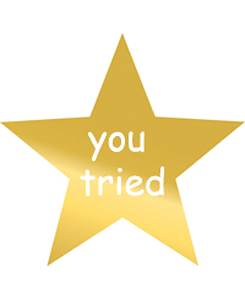
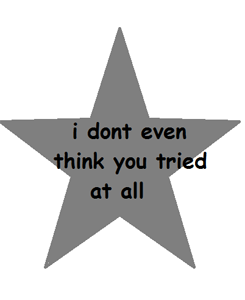
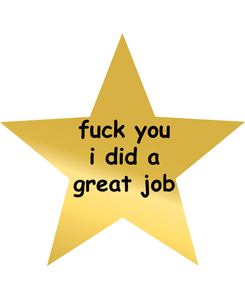
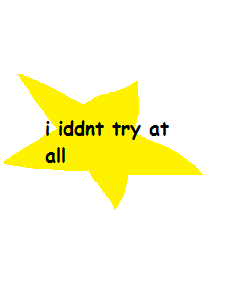
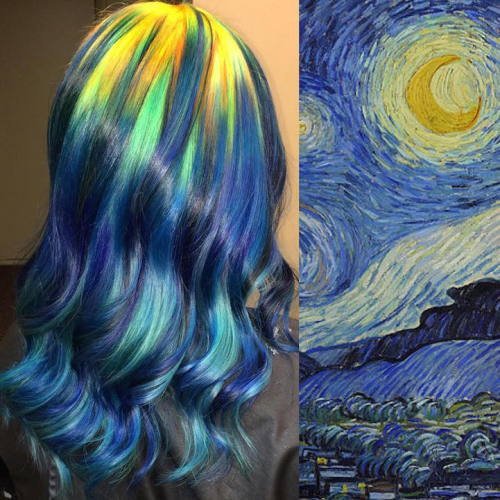
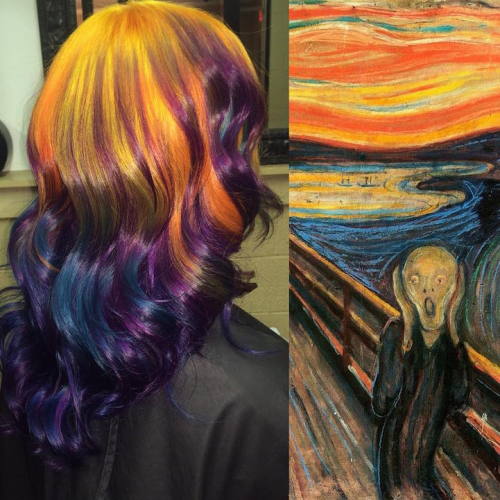
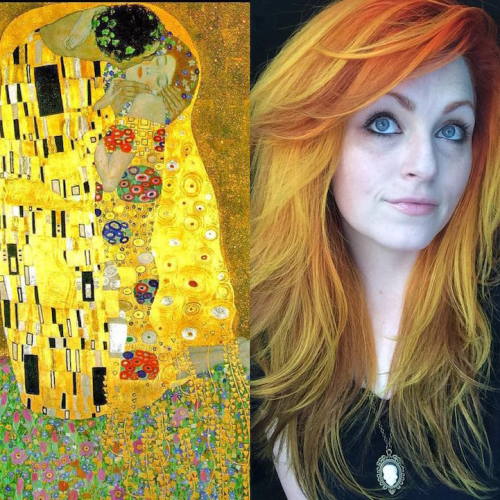
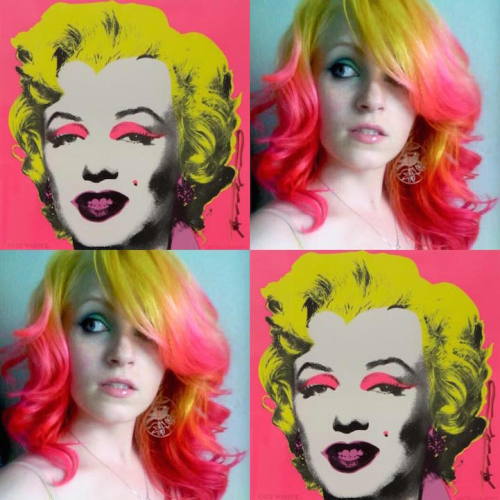
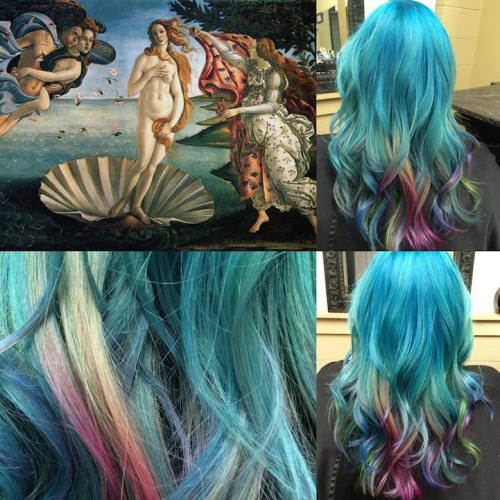
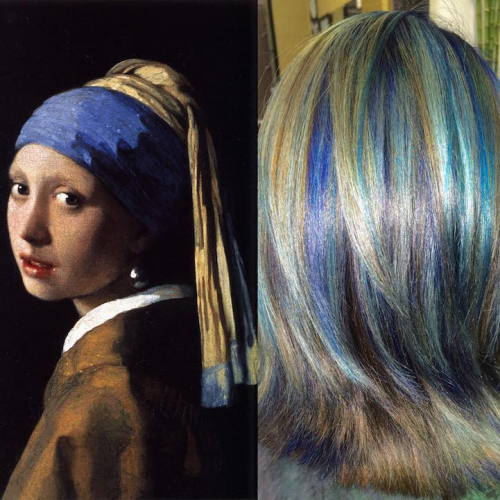

Hairstylist Creates Hair Dyeing Masterpieces Inspired by Classic Fine Art Paintings
Sea otters—gardeners of the eel grass
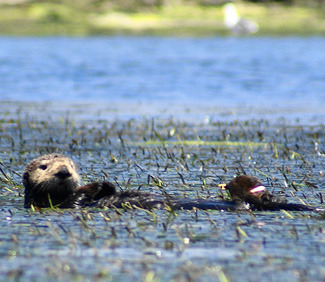
Photo: Ron Eby
In the 1970s, researchers discovered that kelp forests are healthier and home to many more species with otters than without them. By keeping kelp-devouring sea urchins in check, otters promote kelp growth, which in turn supports a diverse community of algae, fish, invertebrates, and marine mammals.
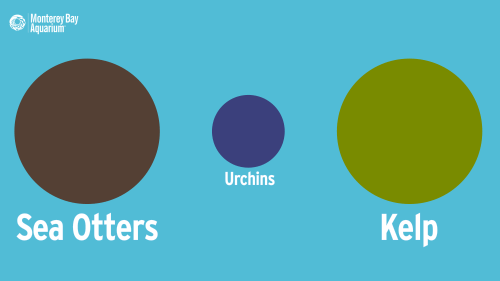
If otter abundance is up, so is the kelp’s; if urchin abundance is up, the otter and kelp abundance will be down. This domino effect is called a three-step trophic cascade.
But wait, there’s more!
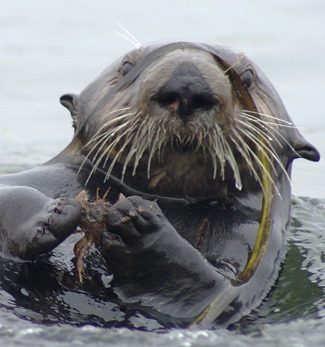
Photo: Ron Eby
Researchers from UC Santa Cruz monitoring sea otters living in Elkhorn Slough, an estuary in Monterey Bay, noticed something incredible: after otters moved into the area, the eel grass beds became healthier. They took a closer look and discovered that otters are also a keystone species in the eel grass community!
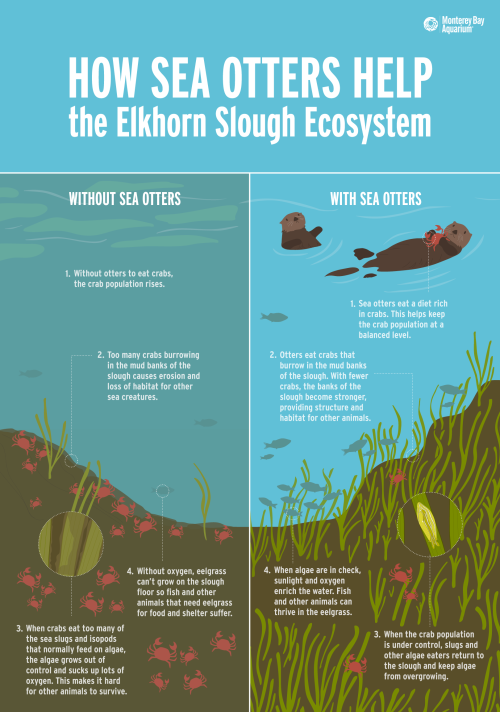
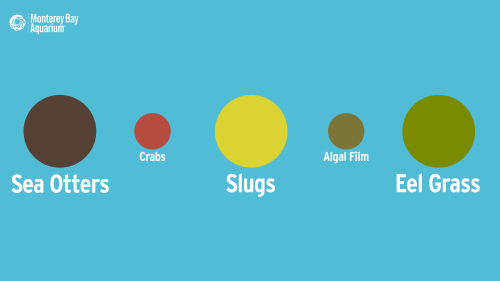
We’ve been studying sea otters for over 30 years, and they continue to impress us every day.
Simple actions—like protecting sea otters—can have drastic, surprising, and positive impacts throughout the environment. To find out how you—yep, you, right there—can help us continue our research, take a look at our Sea Otter Program page.
Here’s to the next 30 years of sea otter research!
Video: Bat’s tongue baffles researchers
by Hanae Armitage
Most nectar-feeding animals evolve special quirks (mainly of the tongue) that optimize their eating habits.
But for the groove-tongued bat (Lonchophylla robusta), evolution has dealt a bit of a strange hand. Instead of lapping up or siphoning liquid as other mammals do, this bat hovers over its food source and dips its long, slender tongue into the nectar, keeping contact the entire time it drinks.
Researchers filmed the bat with a high-speed video camera to try to decipher the special tongue mechanism, and watched as the fluid flowed upward along the bat’s tongue, against gravity, and into its mouth.
Today, researchers report in Science Advances that the conveyor belt–like mechanism may actually allow these bats to feed more efficiently from certain types of flowers…
(read more: Science/AAAS)
-
 omeomyji liked this · 2 months ago
omeomyji liked this · 2 months ago -
 amber-dreams liked this · 1 year ago
amber-dreams liked this · 1 year ago -
 yungchorizo reblogged this · 2 years ago
yungchorizo reblogged this · 2 years ago -
 deadlysunlight liked this · 2 years ago
deadlysunlight liked this · 2 years ago -
 nothingreallymatterthatmuch liked this · 3 years ago
nothingreallymatterthatmuch liked this · 3 years ago -
 otuhafkafa liked this · 3 years ago
otuhafkafa liked this · 3 years ago -
 krjpalmer liked this · 3 years ago
krjpalmer liked this · 3 years ago -
 megabeagle reblogged this · 6 years ago
megabeagle reblogged this · 6 years ago -
 bromobenzyl reblogged this · 6 years ago
bromobenzyl reblogged this · 6 years ago -
 fleuredautomne liked this · 6 years ago
fleuredautomne liked this · 6 years ago -
 entropikuro liked this · 6 years ago
entropikuro liked this · 6 years ago -
 stargirl-and-potts reblogged this · 6 years ago
stargirl-and-potts reblogged this · 6 years ago -
 lapillus reblogged this · 6 years ago
lapillus reblogged this · 6 years ago -
 swinginnickelthingfriend liked this · 6 years ago
swinginnickelthingfriend liked this · 6 years ago -
 parts-of-me-unravelling liked this · 6 years ago
parts-of-me-unravelling liked this · 6 years ago -
 ytelovski reblogged this · 6 years ago
ytelovski reblogged this · 6 years ago -
 ytelovski liked this · 6 years ago
ytelovski liked this · 6 years ago -
 sharkspaceengine liked this · 6 years ago
sharkspaceengine liked this · 6 years ago -
 1queer-galaxy1 liked this · 6 years ago
1queer-galaxy1 liked this · 6 years ago -
 errorcode404linknotfound reblogged this · 6 years ago
errorcode404linknotfound reblogged this · 6 years ago -
 ddecsi reblogged this · 6 years ago
ddecsi reblogged this · 6 years ago -
 1redemption reblogged this · 6 years ago
1redemption reblogged this · 6 years ago -
 1redemption liked this · 6 years ago
1redemption liked this · 6 years ago -
 nlmancilla liked this · 6 years ago
nlmancilla liked this · 6 years ago -
 stygiansharpshooter liked this · 6 years ago
stygiansharpshooter liked this · 6 years ago -
 realtonystark reblogged this · 6 years ago
realtonystark reblogged this · 6 years ago -
 realtonystark liked this · 6 years ago
realtonystark liked this · 6 years ago -
 illyanaraputins reblogged this · 6 years ago
illyanaraputins reblogged this · 6 years ago -
 illyanaraputins liked this · 6 years ago
illyanaraputins liked this · 6 years ago -
 servanttinviting-gretchen liked this · 6 years ago
servanttinviting-gretchen liked this · 6 years ago -
 megabeagle liked this · 6 years ago
megabeagle liked this · 6 years ago -
 bromobenzyl reblogged this · 6 years ago
bromobenzyl reblogged this · 6 years ago -
 lepetitmonstre3 reblogged this · 7 years ago
lepetitmonstre3 reblogged this · 7 years ago